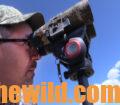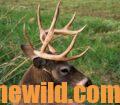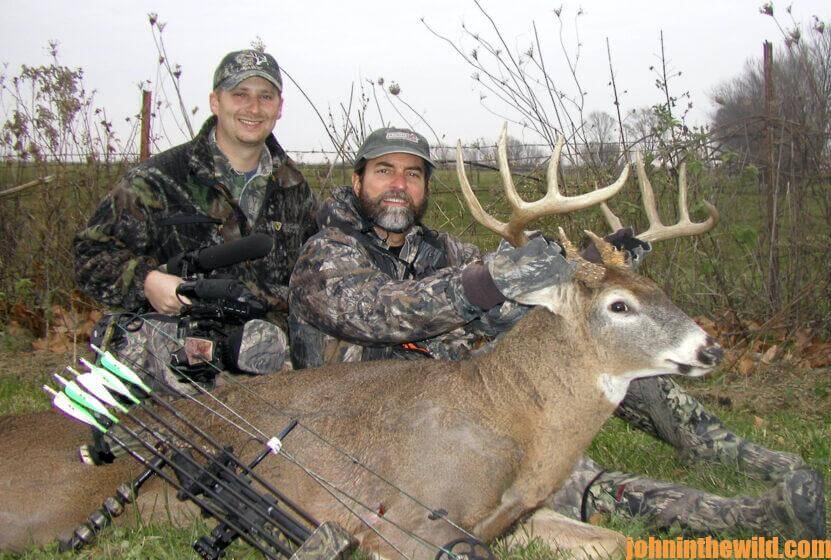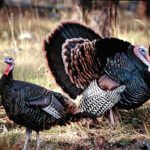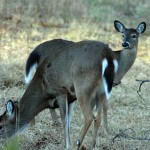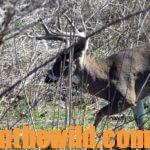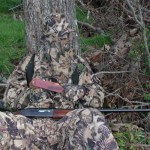Editor’s Note: Will Primos, the creator of Primos Hunting (www.primos.com) and well-known turkey and deer hunter has been hunting white-tailed deer for about six decades. He’s made 100 videos on hunting and has produced about 500 TV show episodes – all named “The Truth.”
 Many years ago, Ronnie ‘Cuz’ Strickland, today the Senior Vice President of Mossy Oak, was my videographer. In the first turkey-hunting video we filmed, I missed a turkey, and we left the miss in the video. During that entire season, we showed the misses as well as the times I successfully harvested turkeys. After the season was over, we were trying to think of a name for the video, and Cuz said, “All I know is that it’s the truth about turkey hunting.” He meant that the truth about turkey hunting includes missing as well as harvesting a bird.
Many years ago, Ronnie ‘Cuz’ Strickland, today the Senior Vice President of Mossy Oak, was my videographer. In the first turkey-hunting video we filmed, I missed a turkey, and we left the miss in the video. During that entire season, we showed the misses as well as the times I successfully harvested turkeys. After the season was over, we were trying to think of a name for the video, and Cuz said, “All I know is that it’s the truth about turkey hunting.” He meant that the truth about turkey hunting includes missing as well as harvesting a bird.
In the beginning, people would ask me, “Why do you show the misses in your videos?” I would explain that they could learn a lot about turkey hunting when they studied why they missed, and what the turkeys did when they missed. We learned much more about how to be a better, safer, more-efficient turkey hunter from our misses than we did from the turkeys we took.
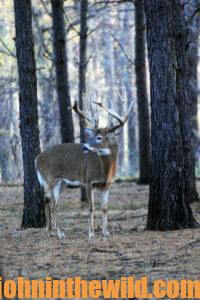 When you’re turkey hunting or deer hunting, the hunt often goes quickly. You may not remember what calls you made, exactly how far the turkey was from you when you took the shot, or what the turkey did when you squeezed the trigger. So, Cuz and I learned that there’s a lot to be learned from the misses. Actually, we found we could learn more from the turkeys and the deer we missed than we did from the ones we harvested.
When you’re turkey hunting or deer hunting, the hunt often goes quickly. You may not remember what calls you made, exactly how far the turkey was from you when you took the shot, or what the turkey did when you squeezed the trigger. So, Cuz and I learned that there’s a lot to be learned from the misses. Actually, we found we could learn more from the turkeys and the deer we missed than we did from the ones we harvested.
Also, when you’re calling to a turkey, a deer, a duck or an elk – all the kinds of hunting I love – you’re more concentrated on where you want that critter to be to take the shot, than you are on what the critter does when he hears your calls, and how he reacts to the different calls that you make. That’s vital information that can help you be more successful on your next hunt. When the hunt’s over, if you have a camera photographing the hunter and one photographing the animal, you can go back and study every part of that hunt and the shot and learn what happens after the shot. We’ve learned a lot by reviewing our videos and studying what the animals have done when we’ve called to them, when we’ve gotten them in close, and when we’ve taken our shots. So, we’ve learned that if you study all aspects of the hunt after it’s over, you can learn more about how to hunt, how to call, what effect the call has on the animal, and what’s happened when you’ve squeezed the trigger either on a bow or a gun.
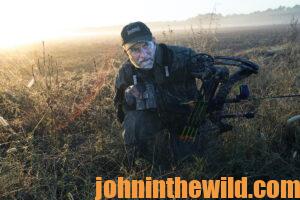 We use the videos to educate and entertain the viewers and also to educate ourselves on how to hunt better. We’ve found that we become more-efficient and more-proficient hunters by studying our videos after the hunt.
We use the videos to educate and entertain the viewers and also to educate ourselves on how to hunt better. We’ve found that we become more-efficient and more-proficient hunters by studying our videos after the hunt.
I never will forget the first time that we put a video in slow motion, after I’d shot over the back of a really-big buck. I couldn’t understand why I had shot high. I knew the yardage and the pin I needed to aim with for that yardage, and I had gone through my shot routine and done everything as perfectly as I could. Yet I still missed. But when we slowed the video down, we saw that when I released the arrow, the deer heard the sound, dropped down, pushed off and turned before the arrow reached him. We learned from that video that the reaction of the animal when we shot the bow could make a tremendous difference in whether or not the arrow hit the animal, or where it hit the animal. We learned to compensate for the deer dropping down, and we became more successful as bowhunters.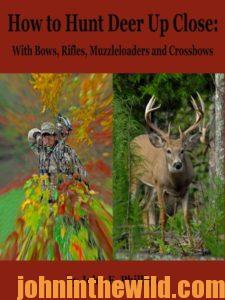
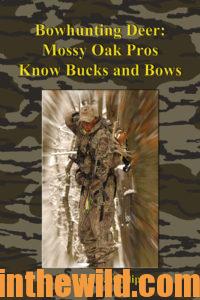 We’re seeing more and more hunters videoing their hunts. I believe that’s one of the best ways to learn how to improve as a hunter and as a shooter. Analyzing what happens when you miss an animal will help you be far more successful than your viewing a successful hunt.
We’re seeing more and more hunters videoing their hunts. I believe that’s one of the best ways to learn how to improve as a hunter and as a shooter. Analyzing what happens when you miss an animal will help you be far more successful than your viewing a successful hunt.
To learn more about hunting deer, check out John E. Phillips’ brand-new Audible book, available August 2, 2022, and now in Kindle, print and Audible versions, “Bowhunting Deer: Mossy Oak Pros Know Bucks and Bows” at https://www.amazon.com/gp/product/B0B8F1ZKDY/ref=dbs_a_def_rwt_hsch_vamf_taft_p1_i11. Also look at John’s book, “How to Hunt Deer Up Close: With Bows, Rifles, Muzzleloaders and Crossbows” at (http://amzn.to/11dJRu8), available in all three formats – Kindle, paperback and Audible. You may have to copy and paste these links into your browser. (When you click on these books, notice on the left where Amazon says you can read and hear 10% of the books for free.) On the right side of the pages and below the offer for a free Audible trial, you can click on Buy the Audible book.
Tomorrow: Take More Whitetails More Often with Your Bow

